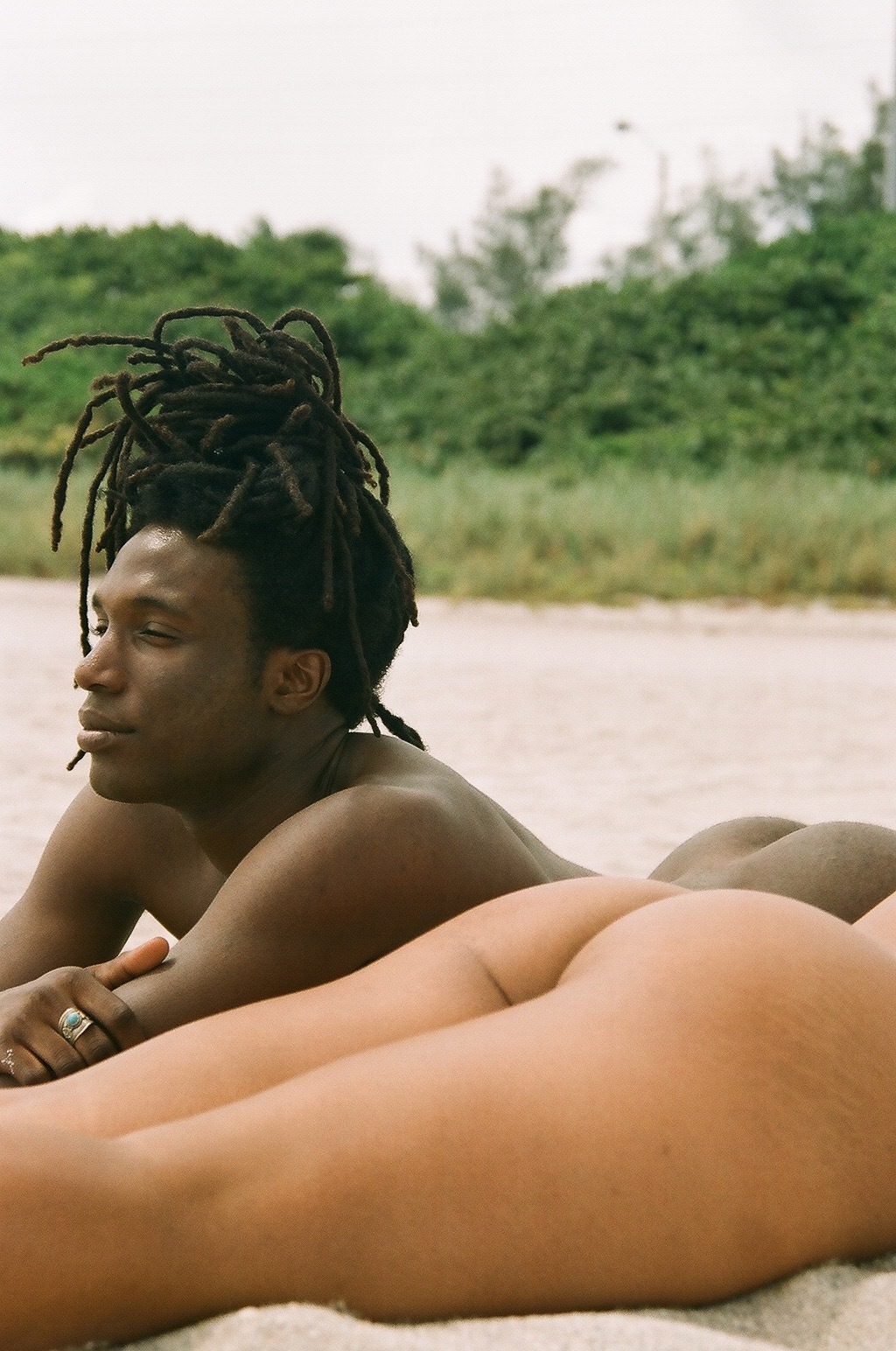Born in Pembroke Pines, Florida, and brought up between Florida and Jamaica, Zoé Lawrence has spent her entire life navigating spaces that weren’t necessarily created for her. Driven by a desire to change the one-dimensional narratives that too often reduce the black female experience to stereotypes, her work centers around the places where gender and race intersect. Pastel-hued and romantic, her portraits of women of color are a refreshing take on the notion of girlhood. A regular contributor to Rookie Mag, Zoé recently made waves during Art Basel, with her very own exhibition TBH (To be Honest) — a group show that considered artists of the Caribbean diaspora and their perception of what it means to live in South Florida. Fresh from the exhibition, we caught up with the artist to talk navigating the politics of gender and race.
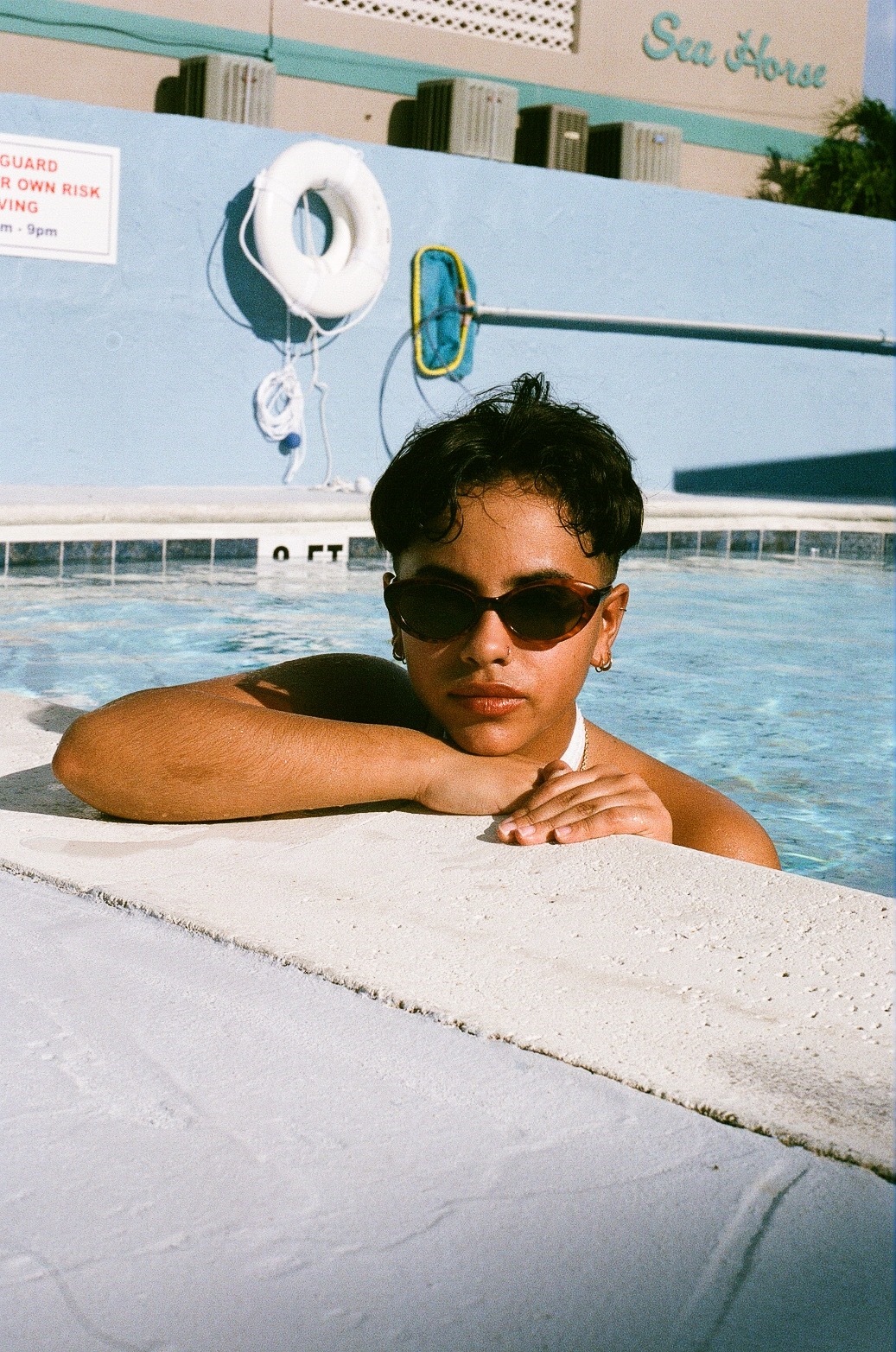
When did you first get into art?
Around the time I started taking photography seriously, I was traveling a lot on my own and realizing there was so much out there to document. I’ve always been really obsessed with documenting, and that desire to document everything sprouted from an anxious place when I was younger — mainly because I never wanted to forget my journey, both the “good” and “bad” — and now it’s something that pushes me to take photos. I traveled solo across Europe when I was 20 and it was the best thing I could do for myself. I think I came to terms with what I wanted from my life on that trip and a lot of it revolved around connecting with other people and turning it into something concrete I could look back on. I started taking a lot of photos on my phone and uploading it to Instagram. A month later I got asked to take photos for Rookie. It all happened really fast.
What inspires you?
My friends inspire me a lot. A lot of my work revolves around my friendships, both old and new. Also seeing growth really inspires me. I like that if you practice at anything, you can almost always see progression after a few months.
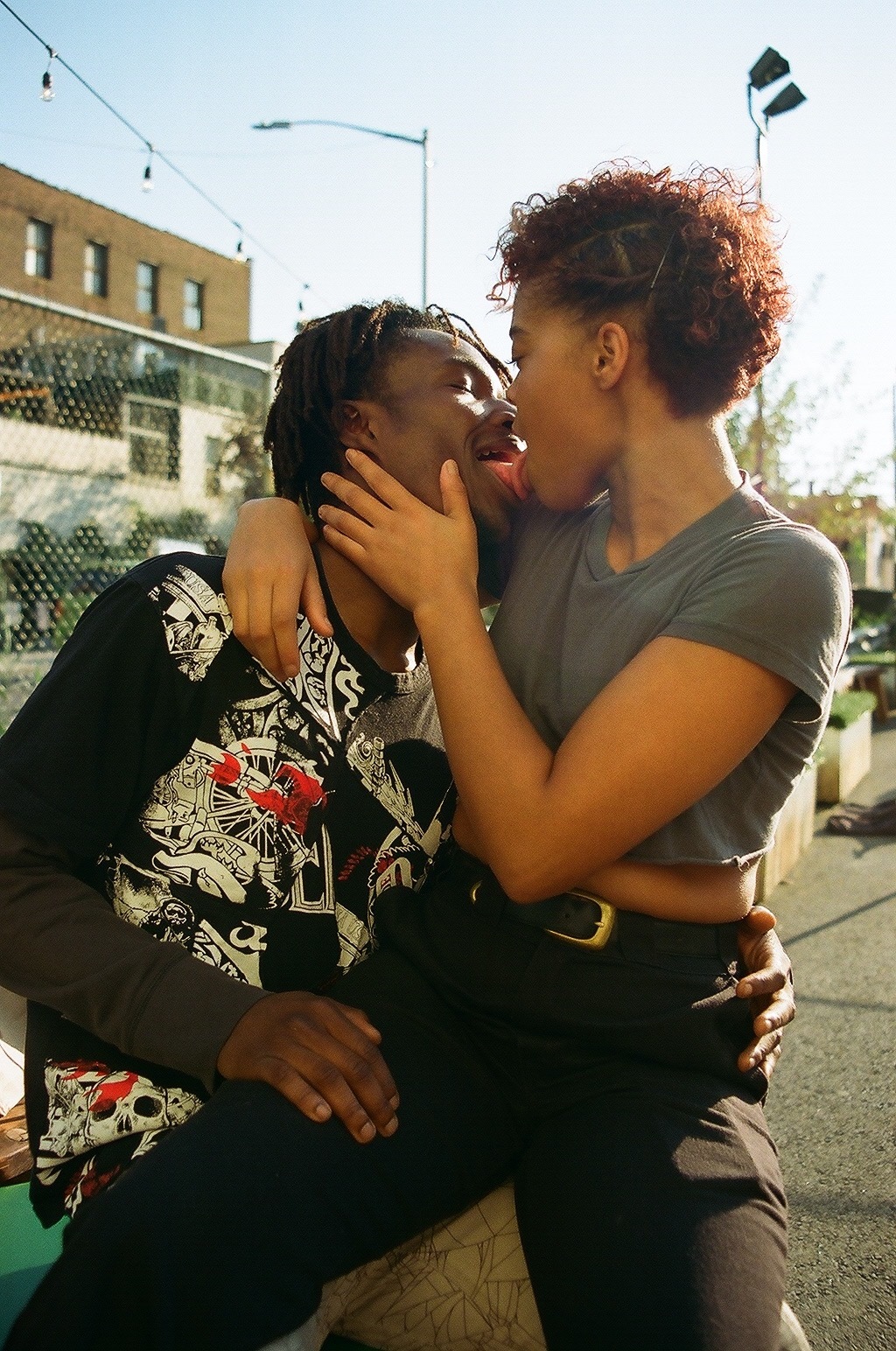
How would you describe your overall aesthetic?
I think my style is shifting a bit. I use to make work that was pretty soft but I’m straying away from that style these days.
Can you tell us about your creative process?
It’s all over the place. Usually if I feel overwhelmed or angry I like to make something out of it.
You seem to focus on race and gender. What is it you’re trying to do with your art?
Photography really helps me figure things out and I think a lot of those concepts show up in my work because I am a woman of color navigating in spaces that weren’t created for me. It’s hard for me not to center my work around it when I’m reminded everywhere I go that my identity can be reduced to stereotypical narratives that don’t allow for any multidimensionality. I work through a lot of those internalized feelings through my work.

Why is it so important to give visibility to women of color?
Because our perspectives are fucking out of this world. Give a black, femme-identifying person a camera and platform, they will produce some amazing shit. Accurate and beautiful films like Selma and Daughters of The Dust get created when you allow marginalized voices to speak their truth.
Should one’s gender or ethnicity determine ones work?
It’s different for every artist. For me, yeah, it’s a huge part of the reason why I create but I don’t think it necessarily “determines” my work. Does it influence it? For sure.
Things like feminism and diversity have become part of the cultural conversation in a way it has never before. Why do you think this is?
I think resources to learn more about feminism and diversity are becoming impossible to ignore and social media has given a lot of silenced communities a voice so of course it’s on everyone’s radar.
Do you ever worry about either things just being trends?
Yeah, definitely. Even with feminism. A lot of its importance is getting lost in click-bait articles and easy-to-consume definitions for mass consumption but I’d rather someone know a bit about feminism than nothing at all.

Tell us about the show you did during Art Basel Miami Beach?
TBH (To be Honest) set out to focus on Millennial/Generation Z artists who grew up within the digital age and are creating work with the influence of the internet and social media. My friend Jimmy Garcon and I planned it not to long after Hurricane Matthew. We wanted to focus on artists within the framework of the Caribbean diaspora and bring forth a safe space for first and second generation artists from the Caribbean and allow them to showcase their unique perspective on living life in South Florida while being deeply rooted in Afro-Caribbean and Caribbean culture. We wanted the work to portray Florida lifestyle in a raw and honest way — hence the name To Be Honest. The funny thing about South Florida is no one is really ever just “American.” Even if you were born in the States, your parents are probably immigrants.
What are your hopes and dreams for the future?
Just want to keep learning and hopefully make a difference.

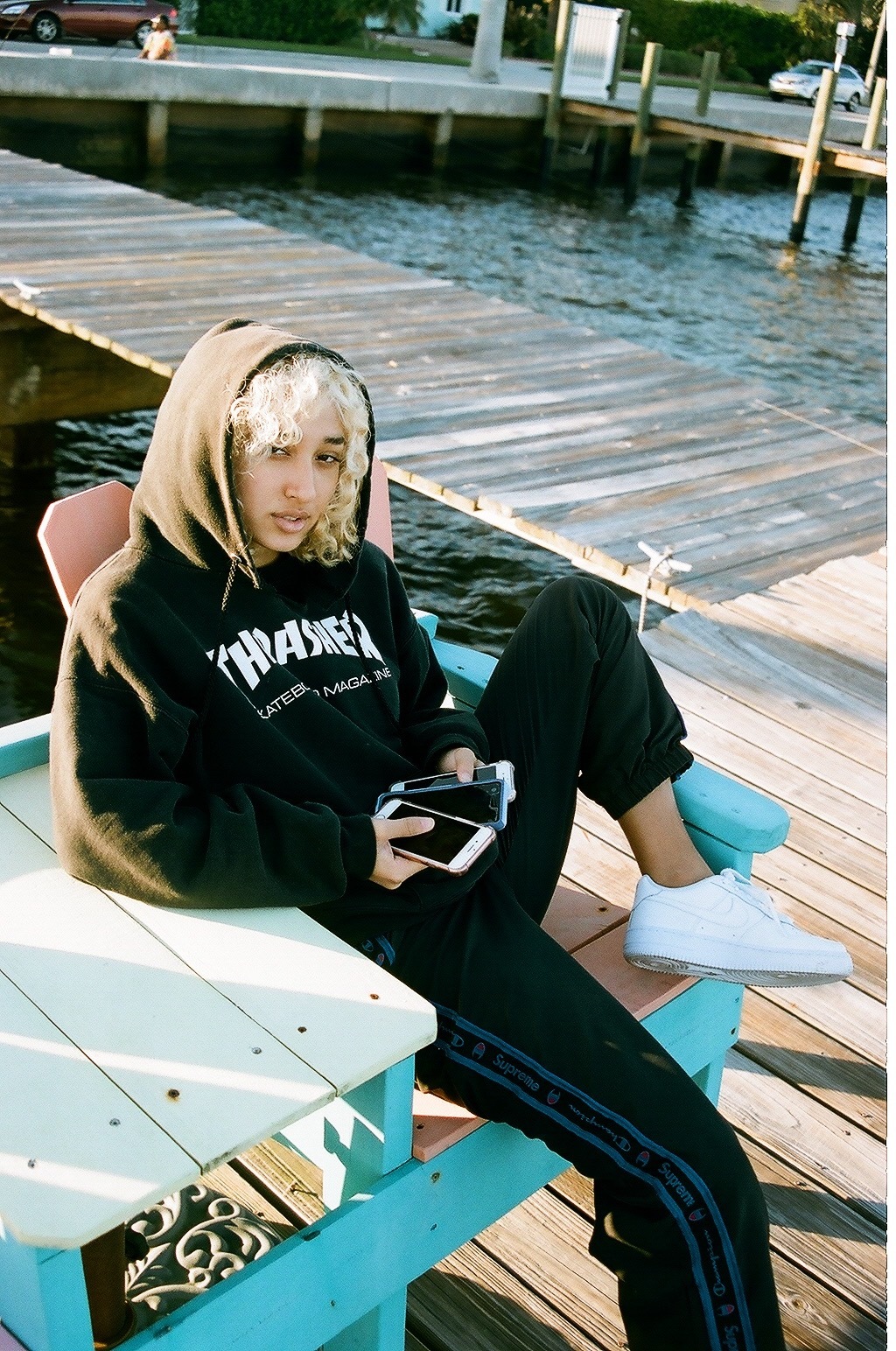
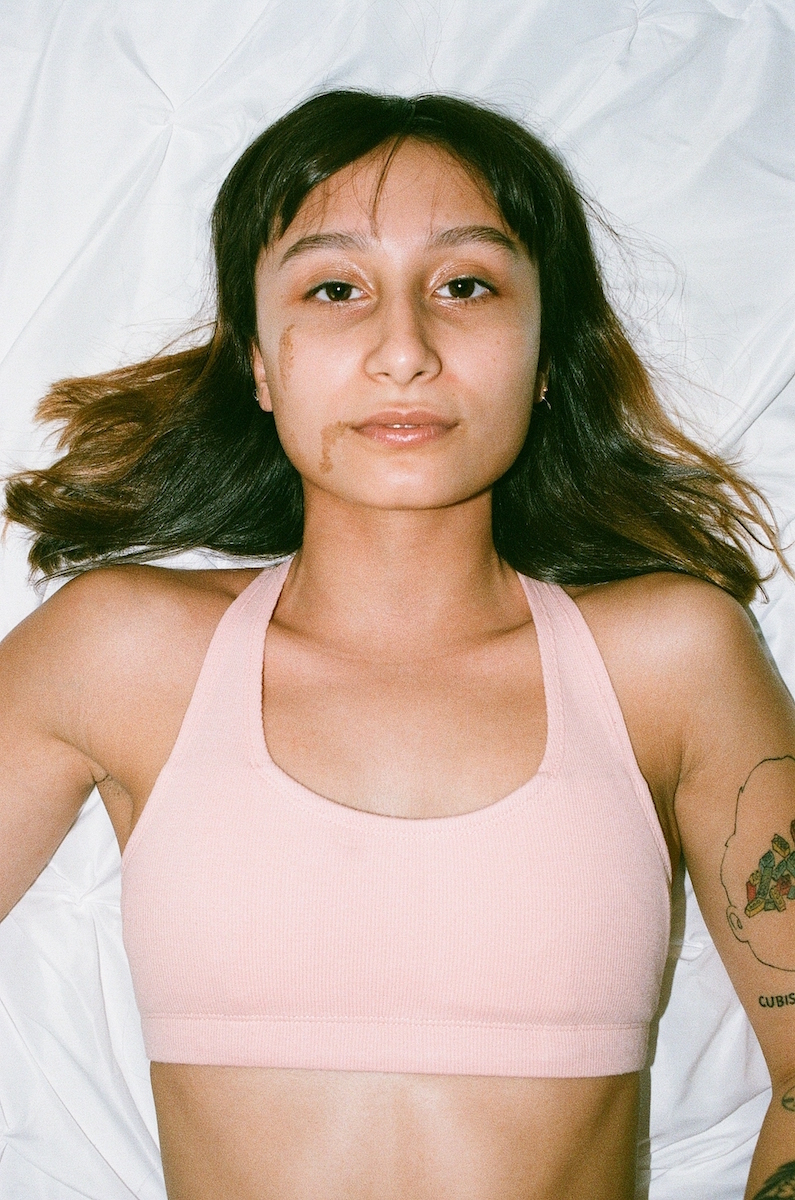
Credits
Text Tish Weinstock
Photography Zoe Lawrence
